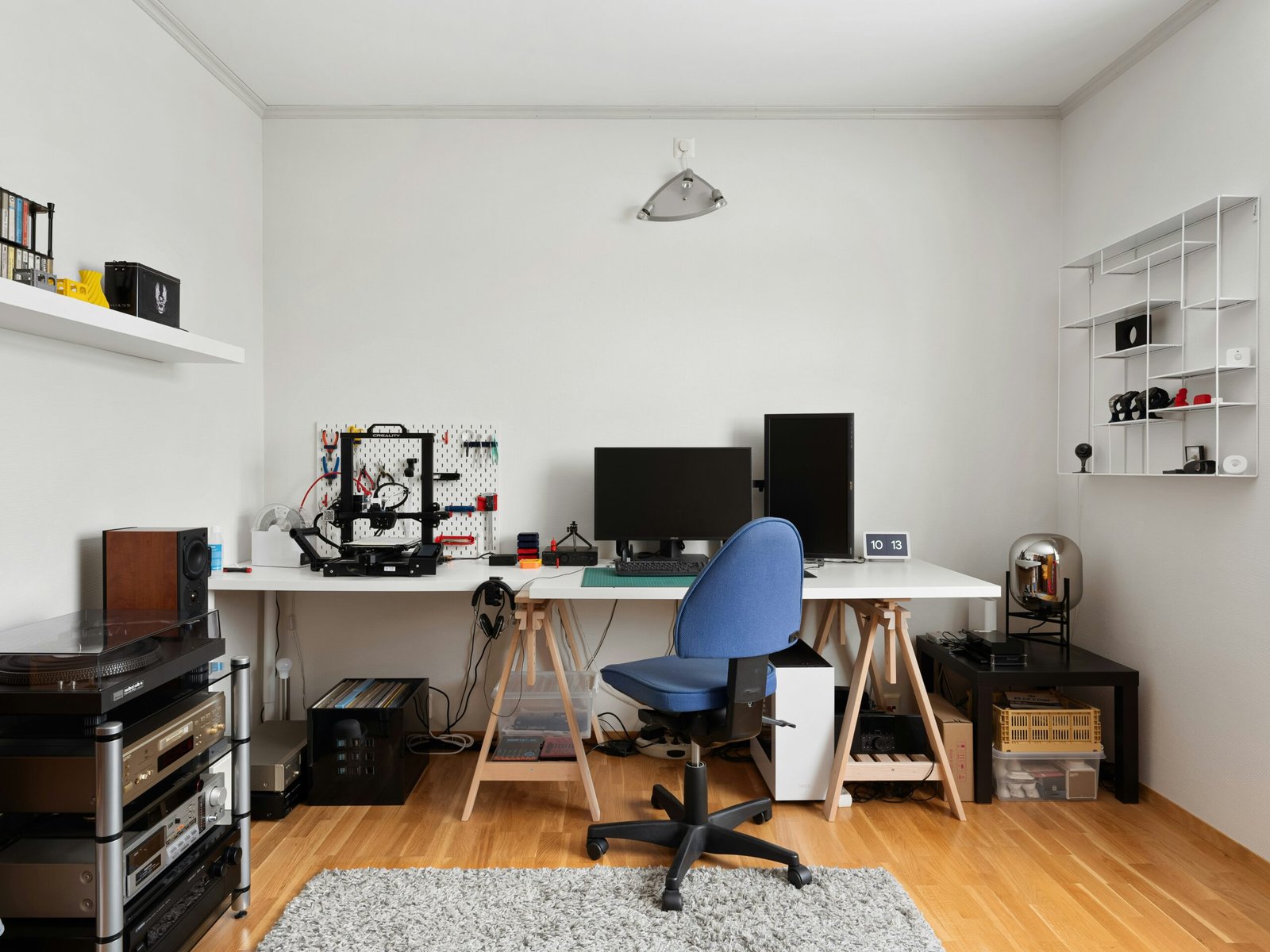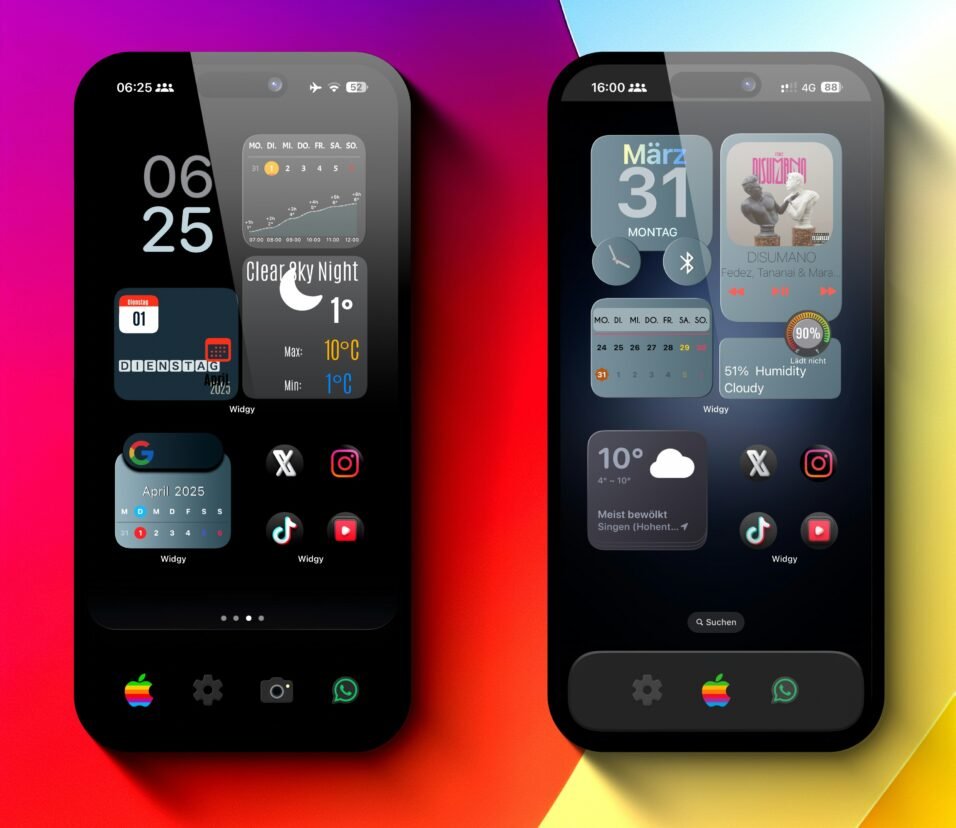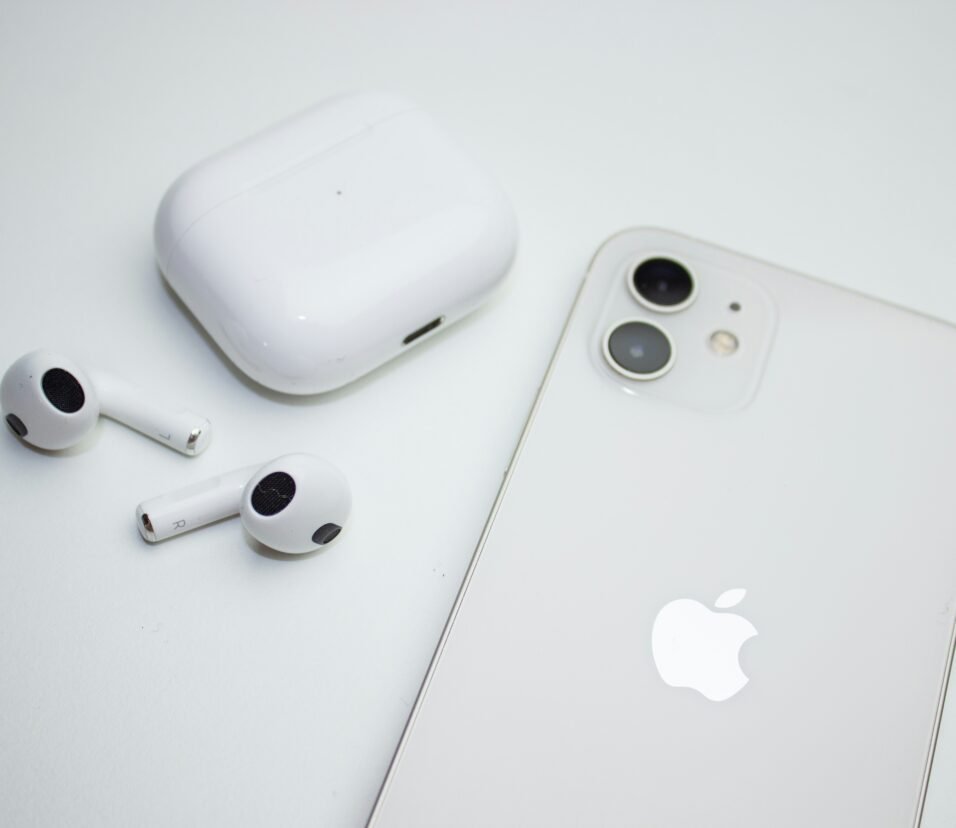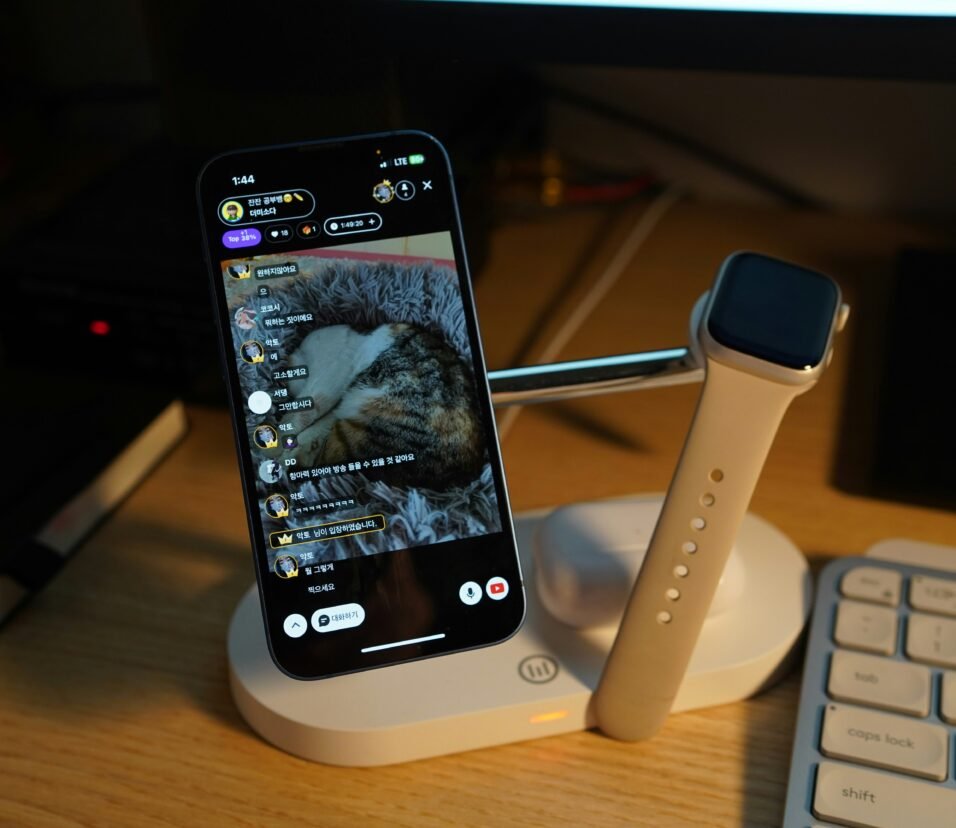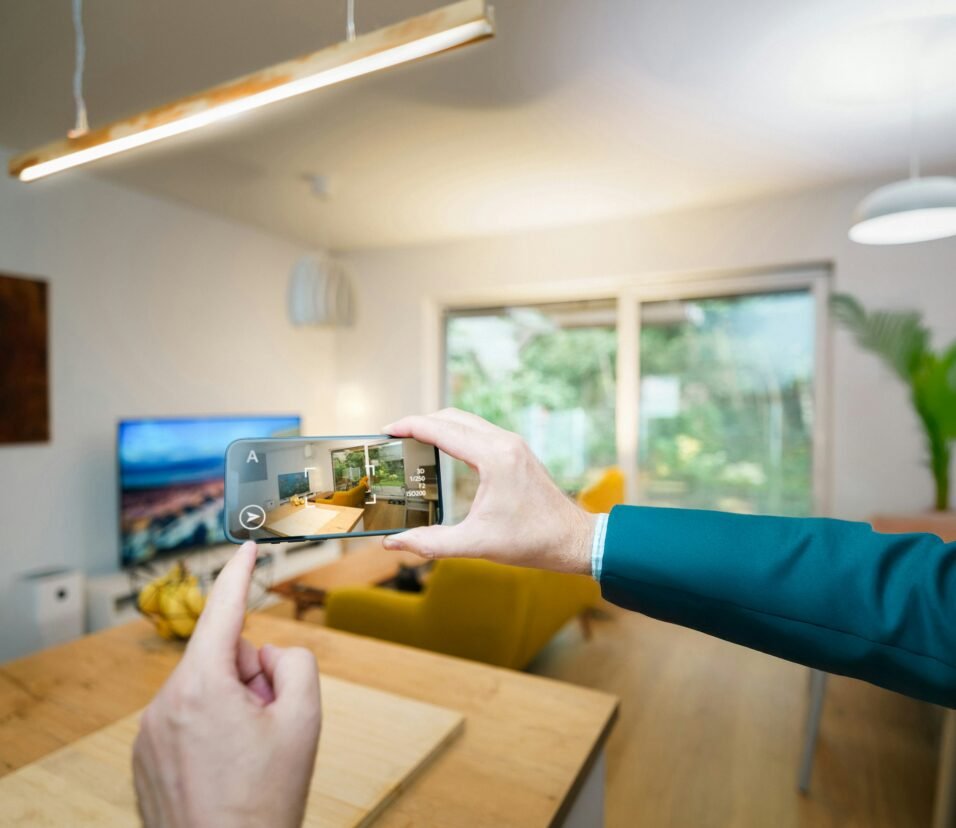Gadget
How to Build a Smart Office Setup at Home with Minimal Cost
Working from home is now the norm for many, and having a smart office setup can boost your productivity, comfort, and work-life balance. But setting up a tech-savvy workspace doesn’t have to break the bank. With thoughtful choices and a little planning, you can build an efficient, connected home office without spending a fortune.
In this guide, we’ll explore budget-friendly gadgets and hacks that make your home office smarter, simpler, and more enjoyable in 2025.
🎯 Step 1: Choose a Versatile Core Device
Laptop or Tablet with Keyboard
- If you already own a laptop, great! If not, consider budget-friendly options like:
- Chromebooks (lightweight, affordable, and perfect for web-based work)
- Entry-level Windows laptops with decent battery life
- Tablets like iPad Air or Samsung Galaxy Tab S8 paired with a keyboard
- Make sure your device supports:
- Fast Wi-Fi (preferably Wi-Fi 6)
- Multiple USB-C or USB-A ports for peripherals
🖥️ Step 2: Add an External Monitor (Optional but Recommended)
- External monitors enhance productivity by expanding screen space
- Look for budget-friendly 24” monitors with HDMI or USB-C input
- Consider portable monitors if desk space is limited
- Some monitors come with built-in speakers to save you from buying separate ones
🔌 Step 3: Invest in a Compact, Multi-Port USB Hub
- Many laptops have limited ports; a USB-C hub adds multiple USB-A, HDMI, SD card slots, and Ethernet ports
- Affordable hubs are available for $20-$50
- Look for plug-and-play models with good reviews
🖱️ Step 4: Upgrade Your Input Devices
- A good wireless keyboard and mouse combo improves comfort and reduces cable clutter
- Budget options from Logitech or Microsoft often cost under $50
- Consider ergonomic designs to prevent strain during long work sessions
💡 Step 5: Add Smart Lighting and Accessories
- Use smart bulbs or LED desk lamps with adjustable brightness and color temperature
- Affordable brands like Wyze, TP-Link Kasa, or Philips Hue (basic models) work well
- Smart plugs can automate devices (turn off your printer or coffee maker remotely)
- Cable organizers and desk trays keep your workspace tidy
🔊 Step 6: Use Affordable Audio Solutions
- Good audio improves virtual meetings and focus
- Budget Bluetooth speakers or wired earbuds/headphones are effective
- Noise-canceling options are pricier but useful if your workspace is noisy
🌐 Step 7: Ensure Stable Internet Connectivity
- If possible, connect your device via Ethernet for stability
- Budget-friendly Wi-Fi extenders or mesh systems can improve home coverage
- Consider affordable routers supporting Wi-Fi 6 for better speeds
🛠️ Bonus: Free and Low-Cost Software Tools
- Zoom, Microsoft Teams, Google Meet for communication
- Trello, Notion, or Todoist for task management
- Google Drive or OneDrive for cloud storage
- Use free VPNs or password managers like Bitwarden for security
🧹 Final Tips to Keep Costs Low
- Buy refurbished or open-box devices from trusted sellers
- Prioritize gadgets with multiple functions (e.g., monitor with built-in speakers)
- DIY cable management using velcro ties or clips
- Regularly declutter your workspace to maintain efficiency
🧠 Final Thoughts
Building a smart office at home in 2025 doesn’t require a huge budget—just smart choices and a bit of creativity. By focusing on versatile devices, smart accessories, and practical software, you can create a productive workspace that supports your goals without overspending.



